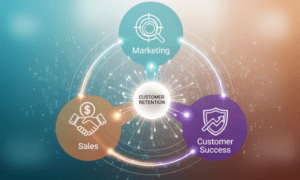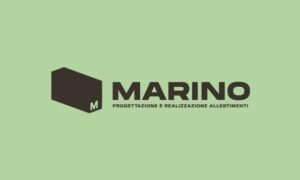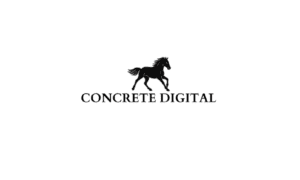Marketing today is awash in technology yet lacking in clarity. Costs are ballooning and adoption is plummeting.
Martech companies are all pushing their own narrative, making the landscape increasingly confusing & blurred.
The martech ecosystem hit 15,384 platforms in 2025, according to ChiefMartec. Despite all these choices, actual usage is going backwards. The so-called era of consolidation has never materialised.
> “Companies now activate just 33% of their martech platform features. That’s down from 58% in 2020.” — Gartner
The average business uses over 75 marketing tools. Nearly half of them sit idle.
In today’s tough market, this inefficiency is causing companies to be less competitive, wasting money and adding unnecessary complexity year after year.
The Fix Is Not Another Tool. It’s Leadership.
That’s where a fractional CMO steps in. They refocus spending, simplify the stack, and drive business outcomes.
Think of a fractional CMO as a senior marketer on demand. Also known as an outsourced CMO, they bring executive-level leadership without the cost or commitment of a permanent hire. They are especially effective for brands that need clarity and traction but do not yet need a full-time executive.
Fractional CMOs are not tied to old systems or internal politics. They assess stacks with a fresh perspective and commercial discipline.
They ask:
- What’s actually driving performance?
- Where are we overpaying?
- What’s aligned to strategy?
Unlike consultants, fractional CMOs stay to lead the execution. They embed with your team and take responsibility for results.
They also bring something consultants don’t. A peer network & executional knowledge. They have either used the tools themselves or know someone who has.
You are not negotiating in the dark and have someone who knows how and what tools drive real business impact.
From Waste to ROI: Where the Impact Shows Up
Fractional CMOs help control costs and increase performance in a measured way.
Most businesses could unlock a 20 to 40 percent increase in marketing ROI by aligning tech with strategy. These gains come from cutting the dead weight in the stack, simplifying decision-making, and aligning resources, martech, structure, and skillsets to achieve business objectives.
Use cases where the impact is clear:
Founder-led brands
Gain experienced marketing leadership without the cost or permanence of a full-time CMO.
Small businesses with 10 or more employees
Lean teams often rely too heavily on agencies without internal strategic direction. A fractional CMO helps drive the roadmap and hold partners accountable.
PE-backed companies
Add commercial focus and digital execution when internal teams are stretched.
Scaling eCommerce teams
Fix attribution, reduce tech waste, and build a marketing stack focused on revenue.
Tools are only as useful as the workflows they serve.
Where to Start?
If you want to get started immediately, here are some practical next steps.
- Audit your stack: List every tool, what it costs: who owns it and what it actually delivers.
- Eliminate redundancy: If two tools do the same job, keep the one that delivers outcomes.
- Assign ownership: Every tool needs a name next to it. No ownership means no accountability.
- Set objectives: Tie each tool to a commercial goal. If you can’t, question why it’s there.
- Train your team: Most underuse comes from lack of know-how, not lack of capability.
The martech stack isn’t broken. But how most companies use it is.
In the end, most brands do not need more tools. They need a clear purpose.
A senior marketeer who is not chasing trends, but instead looking for productivity or growth gains for your business, can get this moving fast.
If this sounds relevant to you, book a free 15-minute call with Shanjay: an experienced CMO on-demand, now.



































